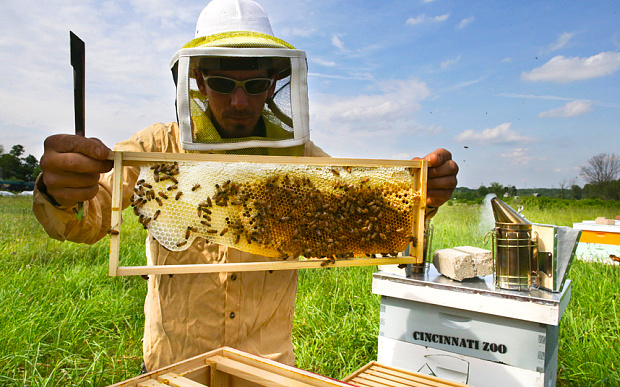Meena Zaveri
CRISPR is a relatively new and exciting innovation whose reputation has exploded across the science community in the last few years. It is a cheap and easy method to edit DNA sequences that has huge potential in medicine and biotechnology.
Even with this exciting innovation on the horizon, over the last month the world has watched a tense legal battle between two research groups unfold.
Jennifer Doudna, Professor in both the Department of Chemistry and Chemical Engineering and the Department of Molecular and Cell Biology at UC Berkeley developed the method. However, Feng Zhang of the Broad Institute, a research group associated with Harvard University and Massachusetts Institute of Technology, also performed major work to refine the technique.
In September, the U.S. Federal Court of Appeals awarded patent rights to the Broad Institute, which means the research group will be able to charge others for the use of the technology.
The initial discovery of the CRISPR method was made in 1987 by a group in Osaka. The technique was then reported on and improved by several other groups before Doudna and her team developed CRISPR’s application as a gene editing technique.
However, the awarding of patent rights is incredibly complex. In this case, and many others, the rights are awarded solely to one group. This creates a legal race for the top which encourages larger corporations and groups that can afford legal expertise to compete. The added stakes of legal battles increases the costs for drug development which in turn exacerbates already high costs of pharmaceutical innovation.
Today’s scientists spend $10 million on legal fees and hours on litigation rather than pooling their resources. The race for the top also means that many research groups are doing the same research simultaneously without realising. This means time, expertise, equipment and knowledge are being wasted.
In an age where most genetic diseases have no cure and require highly individualized treatments, a solution like CRISPR should be a miracle. Instead, the legal barbed wire has slowed down the innovation process.
The current research avenues for CRISPR range from cancer cures to designer babies and consequently the value and implications of the patent rights are extremely high. CRISPR has the potential to solve many global issues such as crop failure and disease, especially concerning those with genetic predispositions towards certain chronic illnesses.
However, it could also become highly commercialized depending on how the Broad Institute chooses to use their rights.
The Broad institute called for an end to the 3 year legal battle, stating “It is time for all institutions to move beyond litigation. We should work together to ensure wide, open access to this transformative technology”.
Despite this call for collaboration, many are unhappy with the ruling in the U.S. Appeals Court, claiming the improvements made by Zhang on CRISPR were ‘obvious’ and thus not grounds for awarding the patent rights. There is the possibility for UC Berkeley to appeal the decision and statements from the team indicate this may happen.
The irony of this situation is that CRISPR offers the key to shift medicine away from mass produced to tailor-made and more effective treatments, a movement that is already controversial.
With still tension in the air over the decision and uncertainty about its future, what remains is clear is that the proceedings of this case will have major implications in the direction and growth of the pharmaceutical industry over the next few years.



